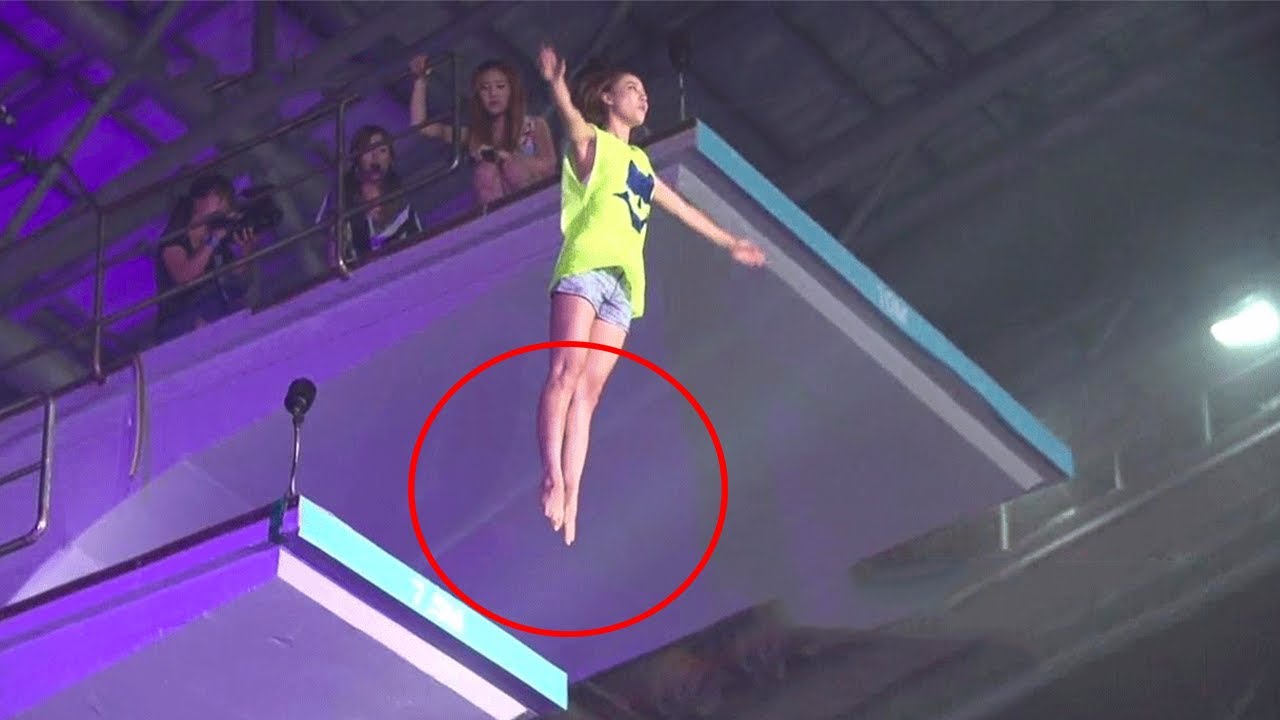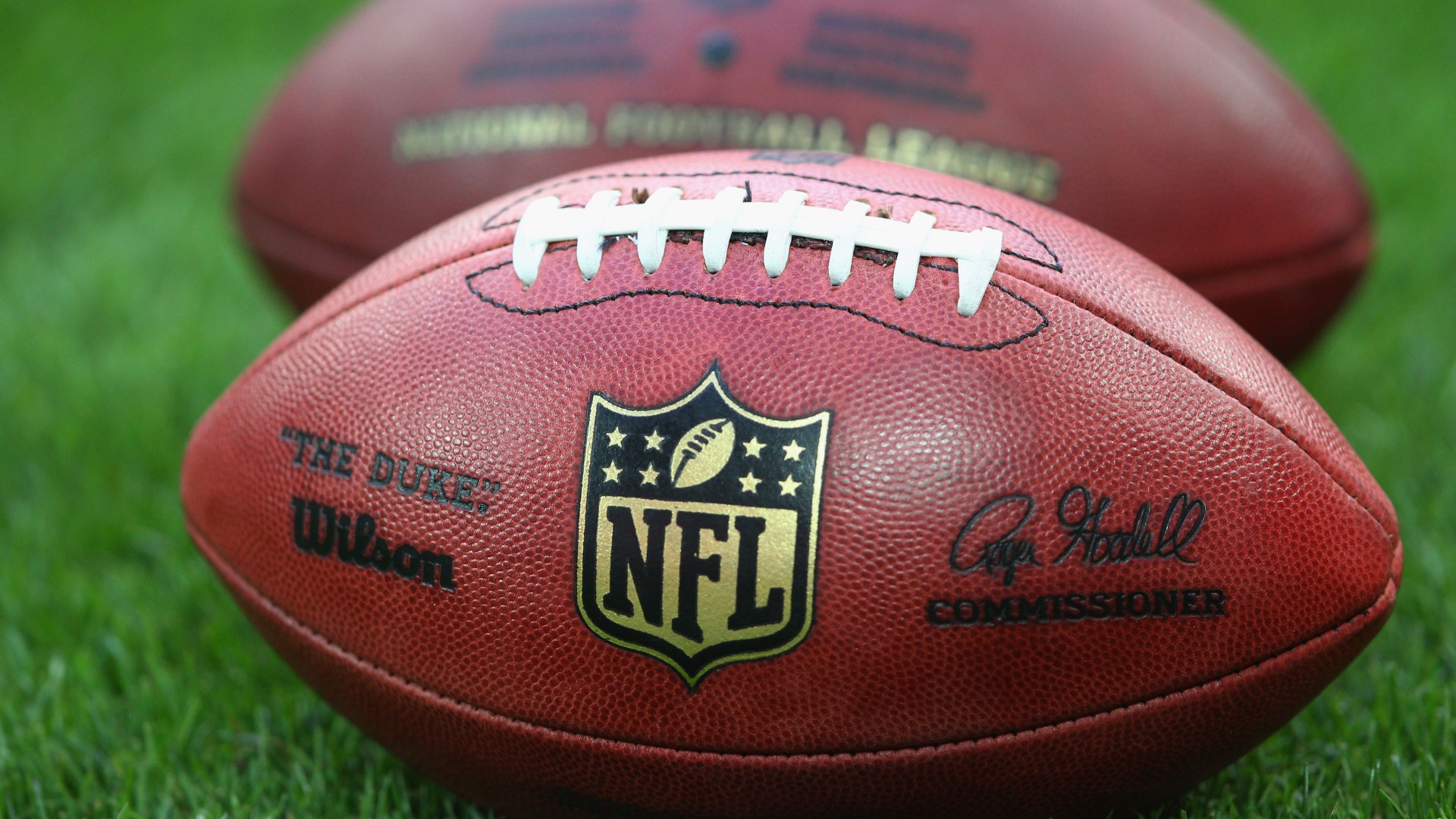
The Dark Art: Tactical Fouling in Football Explained
Football, often hailed as "the beautiful game," is a mesmerizing blend of athleticism, skill, and strategic brilliance. Yet, beneath its vibrant surface lies a complex undercurrent of tactical decisions, some of which push the boundaries of sportsmanship. Among these, few are as debated, understood, and simultaneously condemned as tactical fouling. It’s an undeniable, pervasive, and often decisive element of modern football, a strategic chess move that sacrifices the flow of the game for a calculated advantage.
At its core, a tactical foul is an intentional infringement of the rules, not born of clumsiness or misjudgment, but executed with the explicit purpose of gaining a strategic benefit for one’s team. Unlike an accidental trip or a mistimed tackle, the intent behind a tactical foul is to disrupt, impede, or prevent a more significant threat, even at the cost of conceding a free-kick or, more severely, a yellow or red card. It’s a pragmatic decision, a professional sacrifice made in the heat of the moment, weighing the immediate penalty against the potentially catastrophic consequence of letting an opponent continue.
Defining the Intent: More Than Just a Foul
To truly understand tactical fouling, one must delve into the nuances of intent. Every game features numerous fouls – mistimed tackles, pushes, trips, and handballs that are genuinely accidental or a result of players competing for the ball. A tactical foul, however, stands apart due to its deliberate nature. The player committing the foul is consciously choosing to break the rules to achieve a specific strategic objective.
This objective is rarely to hurt an opponent (which would be considered a malicious foul and subject to harsher punishment), but rather to:
- Stop a dangerous counter-attack: This is arguably the most common and impactful form of tactical fouling.
- Disrupt an opponent’s rhythm and momentum: Breaking up intricate passing moves or slowing down a period of sustained pressure.
- Prevent an opponent from gaining a clear goal-scoring opportunity: The infamous "professional foul" leading to a red card.
- Waste time: Especially in the dying minutes of a game when a team is leading.
- Force a specific type of play: E.g., forcing an opponent to take a long-range shot instead of a close-range attack.
The line between an accidental foul and a tactical one can sometimes be blurry, making the referee’s job incredibly challenging. However, tell-tale signs often include a player tugging an opponent’s shirt from behind when they are clearly beaten, stepping across an opponent’s path without attempting to play the ball, or simply bringing down an opponent who has bypassed the defense with an untidy challenge.
The Strategic Imperative: Why Teams Employ Tactical Fouls
The reasons teams resort to tactical fouls are deeply rooted in the strategic demands of modern football. The margins between victory and defeat are razor-thin, and coaches meticulously plan for every scenario, including how to mitigate risks.
1. Halting Counter-Attacks: The Premier Use Case
In an era defined by high pressing and rapid transitions, the counter-attack has become one of football’s most potent weapons. Teams spend countless hours on the training ground perfecting their ability to turn defense into attack in a matter of seconds. When an opponent launches a blistering counter-attack, with players surging forward into acres of space, the defensive team faces a critical dilemma. Allowing the play to continue could lead to a clear goal-scoring opportunity, potentially changing the complexion of the game.
This is where the tactical foul comes into play. A defensive midfielder or a retreating defender, seeing their teammates out of position and the opposition attacker streaking away, will often make a deliberate foul – a tug on the shirt, a trip, or a cynical block – to bring the play to a halt. The cost is a yellow card (and sometimes a suspension if cards accumulate), but the perceived benefit is immense: it buys precious seconds for the defense to regroup, for players to get back into their defensive shape, and for the goalkeeper to prepare. The immediate threat is neutralized, and the game resets with a free-kick in a less dangerous area. This trade-off is often considered a small price to pay for preventing a goal.
2. Disrupting Rhythm and Momentum
Football is as much a psychological battle as it is a physical one. Teams thrive on momentum, building confidence through sustained periods of possession, intricate passing, and relentless pressure. When an opponent is in full flow, passing the ball with fluidity and creating chances, it can be incredibly difficult to break their rhythm.
Tactical fouls serve as a circuit breaker. A series of small, seemingly innocuous fouls – a late challenge in midfield, a tug on the arm as a player receives the ball, a player holding onto the ball too long after a whistle – can effectively disrupt the opponent’s tempo. These fouls force stoppages, break up passing patterns, and prevent the attacking team from building sustained pressure. They frustrate the opponent, forcing them to restart their attacks from dead-ball situations, which are often less dangerous than open-play scenarios. This tactic is particularly effective against teams known for their intricate, possession-based football.
3. Time-Wasting and Game Management
While often subtle, tactical fouls can also be employed as a form of time-wasting, especially when a team is protecting a narrow lead in the final stages of a match. A player might intentionally commit a foul deep in the opposition half, knowing it will take time for the free-kick to be taken, or perhaps take their time getting back up after being fouled themselves. The cumulative effect of these small stoppages can eat away at the clock, reducing the opponent’s chances of mounting a comeback. This borders on unsportsmanlike conduct but is a recognized, albeit controversial, aspect of game management.
4. Preventing Clear Goal-Scoring Opportunities: The "Professional Foul"
This is the most severe form of tactical foul, codified in the Laws of the Game under the Denial of an Obvious Goal-Scoring Opportunity (DOGSO). When a defender is the last man and brings down an attacker who is clear on goal, with no other defenders able to intervene, this is almost always deemed a red card offense. The defender makes a conscious decision to sacrifice themselves and be sent off to prevent a certain goal. While the team is then at a numerical disadvantage, it might be seen as a necessary evil to keep the score level or prevent going further behind. The evolution of the DOGSO rule, especially with the introduction of VAR, has attempted to provide more clarity, but the fundamental tactical decision remains.
The Ethical Quandary: Cheating or a Necessary Evil?
The debate surrounding tactical fouling is fierce and deeply divides opinion among fans, pundits, and even players.
Arguments for its acceptance often center on the idea that it is simply part of the "dark arts" of football, a strategic element that adds another layer of complexity to the game. Proponents argue that it requires intelligence and quick thinking, and that as long as it’s within the framework of the rules (i.e., resulting in a yellow card rather than a direct red for violent conduct), it’s a legitimate tactic. They argue that referees are there to enforce the rules, and if a foul is committed, the prescribed punishment is applied. It’s a calculated risk, and part of the tactical chess match that unfolds on the pitch. Players are often praised for their "footballing intelligence" when they execute such fouls effectively.
Critics, however, contend that tactical fouling undermines the spirit of the game. They argue that it prioritizes cynicism over sportsmanship, disrupts the flow and beauty of attacking football, and can lead to frustration for players and spectators alike. It is seen by many as a form of cheating, as it involves deliberately breaking a rule to gain an unfair advantage, rather than competing fairly for the ball. The argument is that it punishes attacking ingenuity and rewards defensive cynicism, potentially leading to a less entertaining spectacle. Furthermore, there’s always the risk of injury, even from seemingly innocuous fouls.
The "professional foul" in particular stirs strong feelings. While it prevents a goal, it also denies the attacking team a legitimate opportunity through an illegal act, essentially trading a red card for the statistical chance of saving a goal.
Refereeing Challenges and Rule Evolution
The job of the referee is made incredibly difficult by tactical fouls. Judging intent in the split second of a challenge is an immense task. Referees must constantly weigh whether to play advantage (allowing the game to continue if the fouled team still has possession and a clear opportunity) or to call the foul and issue a card. The interpretation of what constitutes a "dangerous attack" or an "obvious goal-scoring opportunity" is subjective and can vary from official to official.
Over the years, the Laws of the Game have evolved in response to tactical fouling. The DOGSO rule (Law 12) was introduced to penalize the "professional foul" more severely, initially with a mandatory red card. More recently, the rule has been softened slightly in certain circumstances (e.g., if the foul is a genuine attempt to play the ball, a yellow card might suffice), but the core principle remains: preventing a clear goal-scoring opportunity by illegal means is a serious offense.
The advent of Video Assistant Referee (VAR) has added another layer of scrutiny. While VAR can review incidents for red cards and clear and obvious errors, judging the intent behind a tactical foul remains largely the domain of the on-field referee. VAR might confirm if a foul occurred or if it was inside/outside the box, but it struggles with the subjective nature of whether a player intended to prevent a counter-attack rather than genuinely challenge for the ball. This means that despite technological advancements, the human element of judgment remains crucial.
Impact on the Game’s Fabric
Tactical fouling, for better or worse, has become an intrinsic part of football’s fabric. It shapes team strategies, influencing player recruitment (teams often seek defensive midfielders known for their ability to make intelligent fouls) and in-game adjustments.
On the positive side, it adds a layer of tactical depth, making defending a more nuanced art than simply winning tackles. It requires defenders to be intelligent, quick-thinking, and willing to make sacrifices for the team.
However, its pervasive presence can detract from the flow and excitement of the game. Frequent stoppages break up attacking rhythms, making matches feel disjointed and frustrating for fans who crave continuous, free-flowing football. It also raises questions about sportsmanship and the integrity of competition.
Conclusion
Tactical fouling stands as a stark reminder of the high stakes and ruthless pragmatism that underpin modern professional football. It is a strategic tool, employed with calculated intent, to gain an advantage in a game where every inch and every second counts. While condemned by purists who champion the "beautiful game" in its purest form, it is embraced by coaches and players who view it as a necessary evil, a professional decision made in the pursuit of victory.
As long as football remains a game of intense competition and fine margins, tactical fouling will likely persist. Referees will continue to grapple with its nuances, and fans will continue to debate its morality. It is a testament to the intricate balance between adherence to rules and the relentless pursuit of success, a "dark art" that, for now, remains an undeniable and deeply ingrained part of the beautiful, yet strategically complex, world of football.



